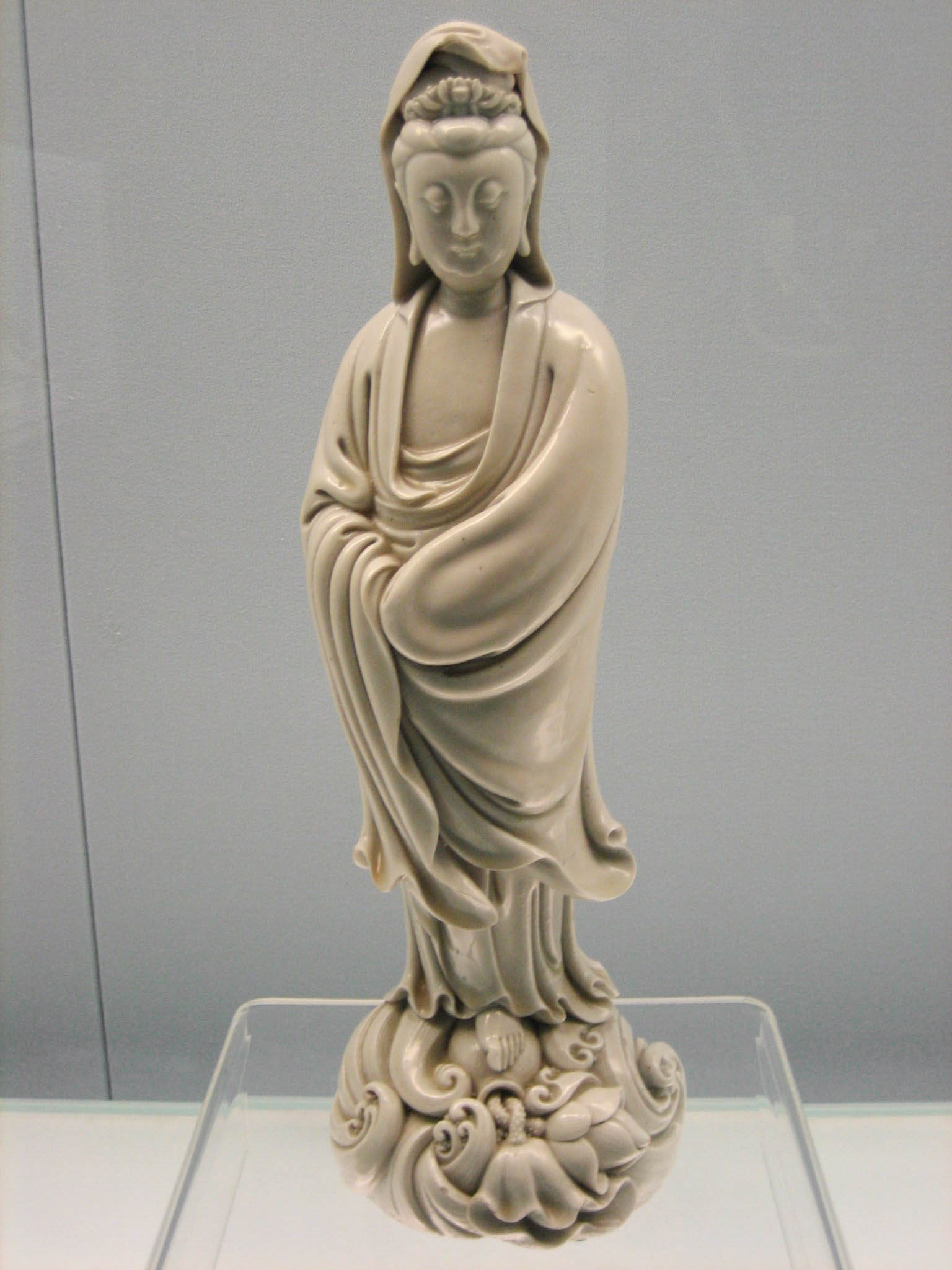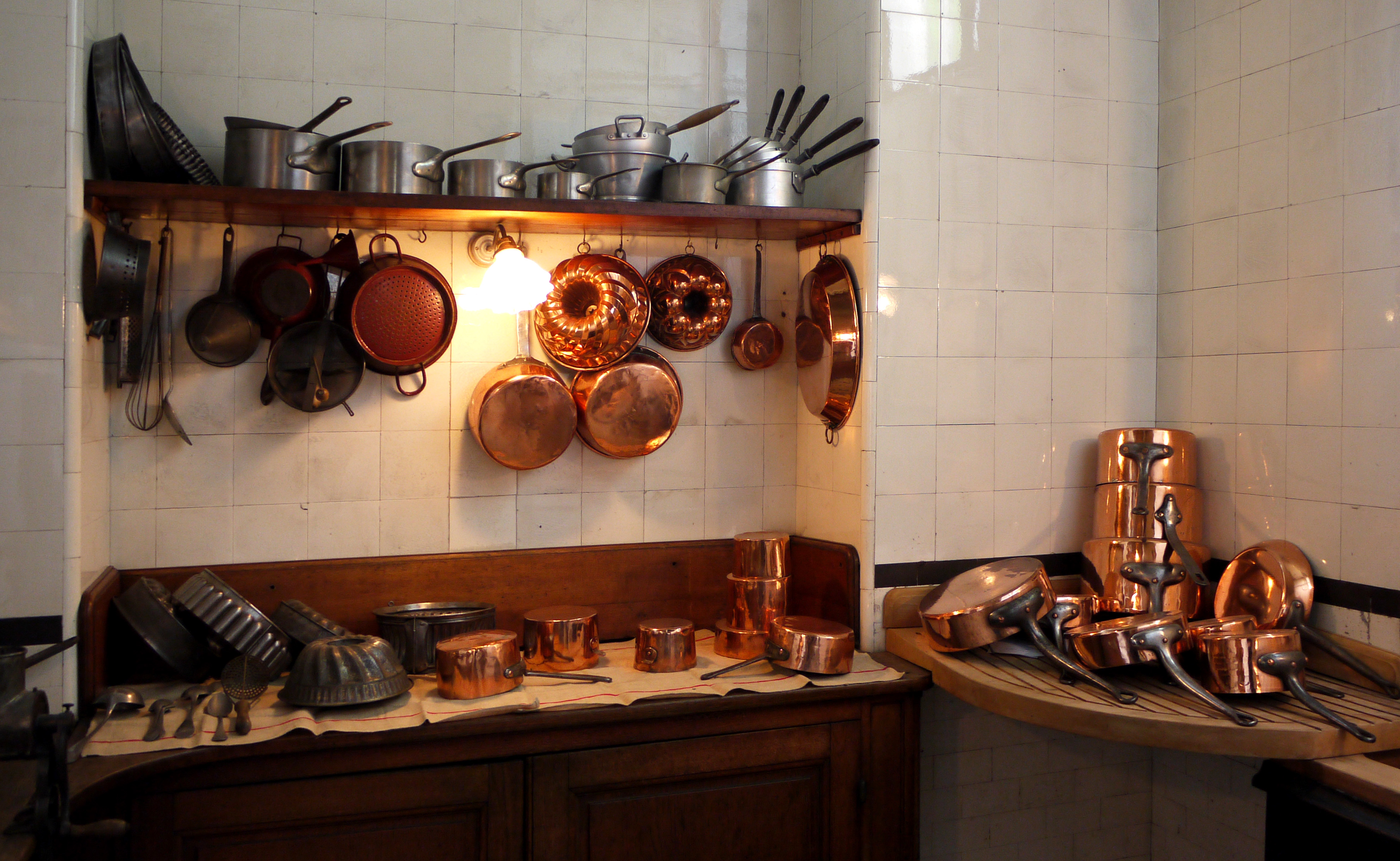|
Nutcracker
A nutcracker is a tool designed to open nuts by cracking their shells. There are many designs, including levers, screws, and ratchets. The lever version is also used for cracking lobster and crab shells. A decorative version portrays a person whose mouth forms the jaws of the nutcracker. Functions Nuts were historically opened using a hammer and anvil, often made of stone. Some nuts such as walnuts can also be opened by hand, by holding the nut in the palm of the hand and applying pressure with the other palm or thumb, or using another nut. Manufacturers produce modern functional nutcrackers usually somewhat resembling pliers, but with the pivot point at the end beyond the nut, rather than in the middle. These are also used for cracking the shells of crab and lobster to make the meat inside available for eating. Hinged lever nutcrackers, often called a "pair of nutcrackers", may date back to Ancient Greece. By the 14th century in Europe, nutcrackers were documented in En ... [...More Info...] [...Related Items...] OR: [Wikipedia] [Google] [Baidu] |
Henry Quackenbush
Henry Marcus Quackenbush (April 27, 1847 – September 8, 1933), commonly called "H.M.", was an American inventor and industrialist who founded the H.M. Quackenbush Company in Herkimer, New York. His company was widely known for its air rifles and for the invention of the metal, spring-jointed nutcracker. Early apprenticeship and invention of extension ladder Quackenbush was born in Herkimer, New York, in 1847. At age fourteen, he began an apprenticeship at gun manufacturer Remington Arms Co., where he acquired skills as a metalworker and gunmaker. At the age of 16, he invented the extension ladder, which he patented on Oct. 22, 1867, and then began manufacturing them himself, until he sold the patent for $500. Several years later, he left his job at Remington to start his own metal working and gun shop in his hometown of Herkimer. It was a good running shop. The H.M. Quackenbush Co. In 1871, he founded the Quackenbush Company in Herkimer, New York, and obtained his first a ... [...More Info...] [...Related Items...] OR: [Wikipedia] [Google] [Baidu] |
Lever
A lever is a simple machine consisting of a beam or rigid rod pivoted at a fixed hinge, or '' fulcrum''. A lever is a rigid body capable of rotating on a point on itself. On the basis of the locations of fulcrum, load and effort, the lever is divided into three types. Also, leverage is mechanical advantage gained in a system. It is one of the six simple machines identified by Renaissance scientists. A lever amplifies an input force to provide a greater output force, which is said to provide leverage. The ratio of the output force to the input force is the mechanical advantage of the lever. As such, the lever is a mechanical advantage device, trading off force against movement. Etymology The word "lever" entered English around 1300 from Old French, in which the word was ''levier''. This sprang from the stem of the verb ''lever'', meaning "to raise". The verb, in turn, goes back to the Latin ''levare'', itself from the adjective ''levis'', meaning "light" (as in "not heavy") ... [...More Info...] [...Related Items...] OR: [Wikipedia] [Google] [Baidu] |
Christmas Stockings
A Christmas stocking is an empty sock or sock-shaped bag that is hung on Saint Nicholas Day or Christmas Eve so that Saint Nicholas (or the related figures of Santa Claus and Father Christmas) can fill it with small toys, candy, fruit, coins or other small gifts when he arrives. These small items are often referred to as stocking stuffers or stocking fillers. The tradition of the Christmas stocking is thought to originate from the life of Saint Nicholas. In some Christmas stories, the contents of the Christmas stocking are the only toys the child receives at Christmas from Santa Claus; in other stories (and in tradition), some presents are also wrapped up in wrapping paper and placed under the Christmas tree. Tradition in Western culture threatens that a child who behaves badly during the year will receive only a piece or pile of coal. Some people even put their Christmas stocking by their bedposts so Santa Claus can fill it by the bed while they sleep. History The origin of the C ... [...More Info...] [...Related Items...] OR: [Wikipedia] [Google] [Baidu] |
Figurine
A figurine (a diminutive form of the word ''figure'') or statuette is a small, three-dimensional sculpture that represents a human, deity or animal, or, in practice, a pair or small group of them. Figurines have been made in many media, with clay, metal, wood, glass, and today plastic or resin the most significant. Ceramic figurines not made of porcelain are called terracottas in historical contexts. Figures with movable parts, allowing limbs to be posed, are more likely to be called dolls, mannequins, or action figures; or robots or automata, if they can move on their own. Figurines and miniatures are sometimes used in board games, such as chess, and tabletop role playing games. The main difference between a figurine and a statue is size. There is no agreed limit, but typically objects are called "figurines" up to a height of perhaps , though most types are less than high. Prehistory In China, there are extant Neolithic figurines. European prehistoric figurines of wome ... [...More Info...] [...Related Items...] OR: [Wikipedia] [Google] [Baidu] |
Wood Carving
Wood carving is a form of woodworking by means of a cutting tool (knife) in one hand or a chisel by two hands or with one hand on a chisel and one hand on a mallet, resulting in a wooden figure or figurine, or in the sculptural ornamentation of a wooden object. The phrase may also refer to the finished product, from individual sculptures to hand-worked mouldings composing part of a tracery. The making of sculpture in wood has been extremely widely practised, but doesn't survive undamaged as well as the other main materials like stone and bronze, as it is vulnerable to decay, insect damage, and fire. Therefore, it forms an important hidden element in the art history of many cultures. Outdoor wood sculptures do not last long in most parts of the world, so it is still unknown how the totem pole tradition developed. Many of the most important sculptures of China and Japan, in particular, are in wood, and so are the great majority of African sculpture and that of Oceania an ... [...More Info...] [...Related Items...] OR: [Wikipedia] [Google] [Baidu] |
Maurice Ascalon, Pal-Bell Nutcracker
Maurice may refer to: People *Saint Maurice (died 287), Roman legionary and Christian martyr *Maurice (emperor) or Flavius Mauricius Tiberius Augustus (539–602), Byzantine emperor *Maurice (bishop of London) (died 1107), Lord Chancellor and Lord Keeper of England *Maurice of Carnoet (1117–1191), Breton abbot and saint *Maurice, Count of Oldenburg (fl. 1169–1211) *Maurice of Inchaffray (14th century), Scottish cleric who became a bishop *Maurice, Elector of Saxony (1521–1553), German Saxon nobleman *Maurice, Duke of Saxe-Lauenburg (1551–1612) *Maurice of Nassau, Prince of Orange (1567–1625), stadtholder of the Netherlands *Maurice, Landgrave of Hesse-Kassel or Maurice the Learned (1572–1632) *Maurice of Savoy (1593–1657), prince of Savoy and a cardinal *Maurice, Duke of Saxe-Zeitz (1619–1681) *Maurice of the Palatinate (1620–1652), Count Palatine of the Rhine *Maurice of the Netherlands (1843–1850), prince of Orange-Nassau *Maurice Chevalier (1888–1972), Fre ... [...More Info...] [...Related Items...] OR: [Wikipedia] [Google] [Baidu] |
Exoskeleton
An exoskeleton (from Greek ''éxō'' "outer" and ''skeletós'' "skeleton") is an external skeleton that supports and protects an animal's body, in contrast to an internal skeleton ( endoskeleton) in for example, a human. In usage, some of the larger kinds of exoskeletons are known as " shells". Examples of exoskeletons within animals include the arthropod exoskeleton shared by chelicerates, myriapods, crustaceans, and insects, as well as the shell of certain sponges and the mollusc shell shared by snails, clams, tusk shells, chitons and nautilus. Some animals, such as the turtle, have both an endoskeleton and an exoskeleton. Role Exoskeletons contain rigid and resistant components that fulfill a set of functional roles in many animals including protection, excretion, sensing, support, feeding and acting as a barrier against desiccation in terrestrial organisms. Exoskeletons have a role in defense from pests and predators, support and in providing an attachment framewo ... [...More Info...] [...Related Items...] OR: [Wikipedia] [Google] [Baidu] |
Food Utensil
A kitchen utensil is a small hand held tool used for food preparation. Common kitchen tasks include cutting food items to size, heating food on an open fire or on a stove, baking, grinding, mixing, blending, and measuring; different utensils are made for each task. A general purpose utensil such as a chef's knife may be used for a variety of foods; other kitchen utensils are highly specialized and may be used only in connection with preparation of a particular type of food, such as an egg separator or an apple corer. Some specialized utensils are used when an operation is to be repeated many times, or when the cook has limited dexterity or mobility. The number of utensils in a household kitchen varies with time and the style of cooking. A cooking utensil is a utensil for cooking. Utensils may be categorized by use with terms derived from the word " ware": kitchenware, wares for the kitchen; ovenware and bakeware, kitchen utensils that are for use inside ovens and for baking; ... [...More Info...] [...Related Items...] OR: [Wikipedia] [Google] [Baidu] |
_(11545246275).jpg)


.jpg)



